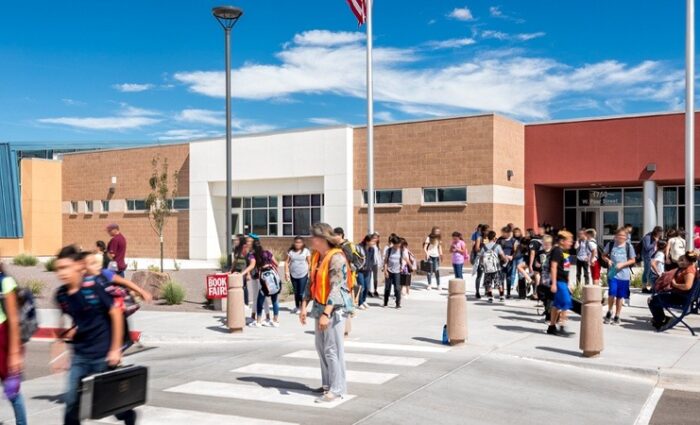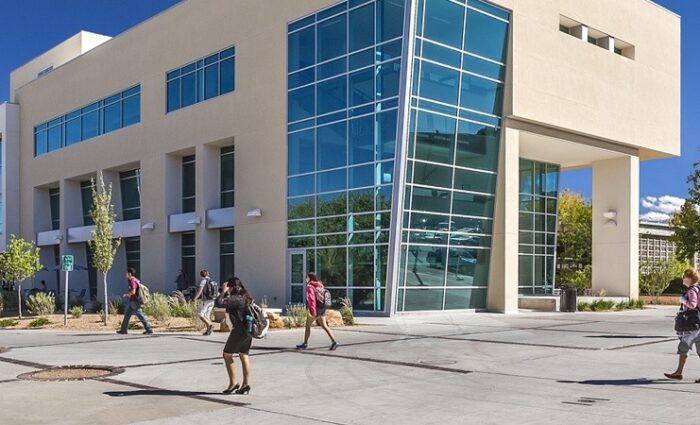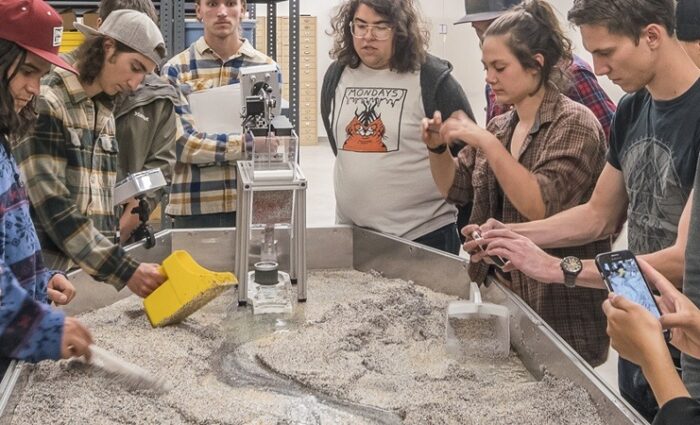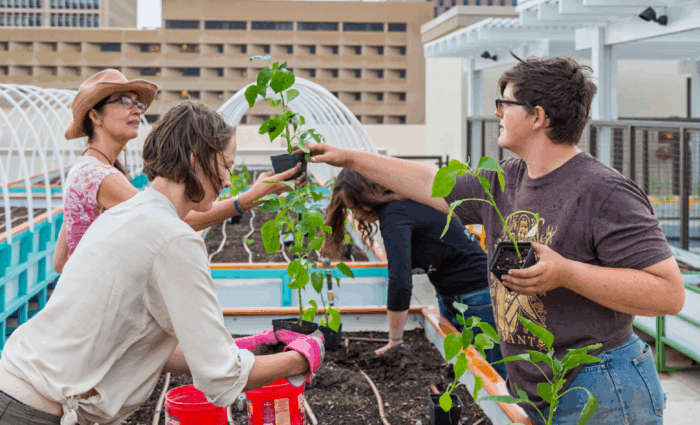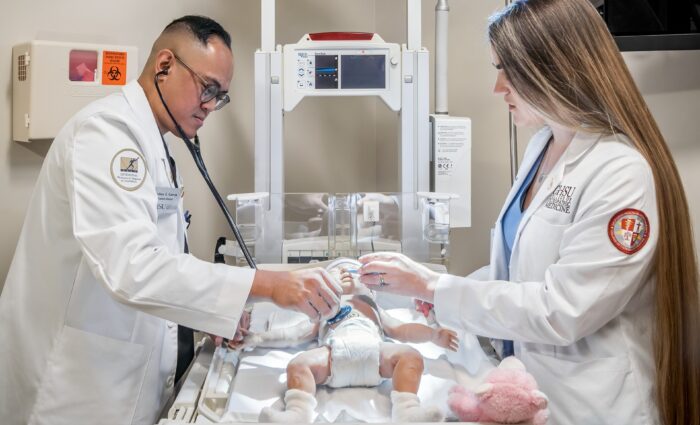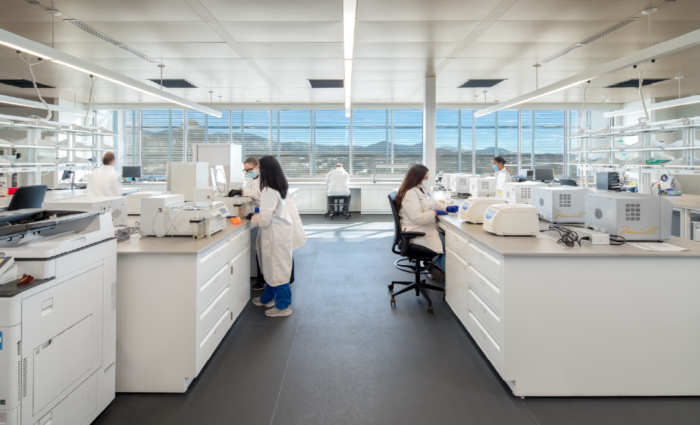Structural Engineers Zero in on a More Sustainable Future
Firm commits to net zero embodied carbon in structural systems by 2050
The Roman Empire may have collapsed, but many of its concrete structures remain standing. Concrete is resilient and relatively inexpensive, making it a centuries-old component of buildings, bridges, and roads. But the environmental drawbacks are profound. The manufacturing of cement, a key ingredient in concrete, accounts for 8% of global carbon dioxide emissions. Despite its staggering footprint, cement’s CO2 emission figures continue to rise, largely driven by a construction boom in China.
While governments and industries worldwide reckon with the effects of climate change, structural engineers face a unique conundrum. How do they move forward when one of their core materials – and the second most-used substance in the world – is notoriously carbon intensive? The Structural Engineers 2050 Commitment Program, or SE 2050 for short, was launched in response to the growing need for less environmentally harmful structures. The program centers on the commitment to reduce and ultimately eliminate embodied carbon in structural projects by 2050. Embodied carbon refers to the greenhouse gas emissions released during all but the operational phase of a project, and measuring it is a complex issue.
In August 2022, Dekker committed to SE 2050, becoming the first firm headquartered in New Mexico to do so. Patience Raby, an intern structural engineer who earned her master’s in civil engineering last year, is spearheading the firm’s effort to design more sustainable structures. “Structural and sustainability: I have this impression that they’re almost like archnemeses,” Raby said. “SE 2050 is about bringing them together and making it work.”
Solving the sustainability puzzle
To make that net zero vision a reality, one of the first priorities is raising awareness throughout the structural engineering community. “Engineers don’t know a lot about tackling sustainability. The perception is that it’s too difficult or not worth the time to make structures more sustainable,” Raby said. As pragmatic professionals tasked with making things stronger for cheaper, structural engineers have often shrugged off sustainability as the concern of architects.
Raby believes that major improvements can be made by changing our approach to design. Efficiency is an inherent focus of structural engineering, but engineers don’t always get the opportunity to wrestle with the issue of embodied carbon. “Structural sustainability has to enter the conversation early. A lot of the time, engineers don’t get very involved during the early design phases of a project,” Raby said. Although SE 2050 focuses on structural systems, its success demands that designers seek deeper collaboration across disciplines.
Creating an embodied carbon database
A vast cast of characters comes together to produce a building. Even if all parties agree to prioritize embodied carbon reductions, the practical question of how to make structures more sustainable remains debated. Right now, there is scant data available to guide decision-making.
As part of SE 2050, firms agree to collect and share data on the embodied carbon of their structural systems. Beyond creating accountability, this provides a central database for professionals to consult when developing solutions for their location, climate, and more. “We’re not sure what the most sustainable option for most office buildings in Albuquerque is. It’s not the same as on the coastlines or other locations. Studies may assume a four-story building somewhere, but you can’t just copy and paste that,” Raby said. Closing the data gap will help engineers make well-informed choices about what materials will perform best in specific places over time.
Embracing innovative technologies
New technologies are emerging to address concrete’s carbon footprint. One of them is CarbonCure, a company implementing a method for injecting small amounts of captured CO2 into fresh concrete during mixing. The process takes advantage of compounds in concrete that react with CO2, turning it into a mineral that is permanently embedded. As a bonus, this mineralization can also help to increase the concrete’s strength.
For concrete suppliers, however, retrofitting their facilities for technologies like CarbonCure requires a major upfront investment. Recently, CarbonCure concrete has become more accessible in the region and Dekker is exploring its use in projects. “It’s not a full solution,” admits Raby, “but it helps lower the net total.”
The mission to reduce embodied carbon is not just a matter for environmentalists. States such as California, New York, and Colorado have passed legislation to enforce reduced carbon emissions in the cement industry. Tree huggers or not, engineers recognize that it is only a matter of time before carbon-conscious choices become a requirement.
Turning a highly energy-consumptive process into a sustainable one is no easy task. But Rome’s Pantheon, which boasts the world’s largest nonreinforced concrete dome, was not built in a day. The SE 2050 commitment, along with the firm’s numerous green initiatives, represents a meaningful but achievable step toward the future of sustainable building.
Read our minds.
Sign up for our email.
Related Content

Design a career path with more bridges.
Looking to break down the walls of the status quo?

